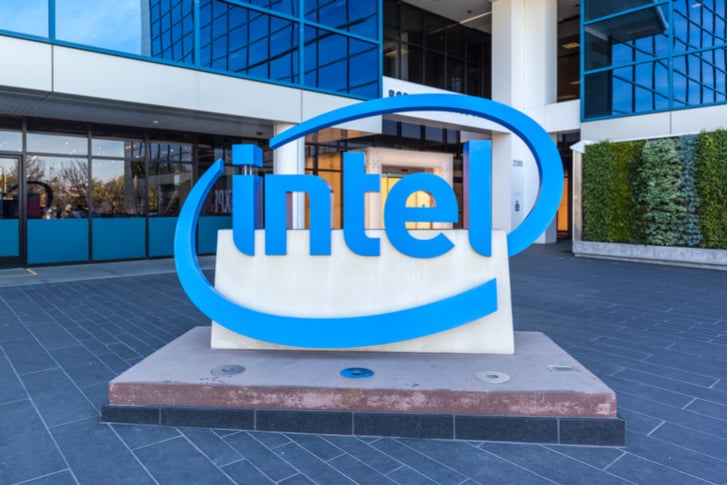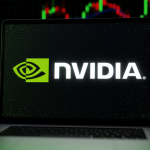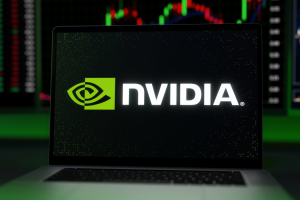
Hello, Reader.
As a Bible verse (and a 1960s Byrds lyric) tells us, “To everything there is a season.”
Even a time to add Intel Corp. (INTC) to your watch list.
Admittedly, the PC-centric tech world that Intel once dominated is a thing of the past. Further, a string of strategic missteps and manufacturing miscues caused Intel to lose market share in every key product category.
Since 2016, Intel has lost its share in both CPU chips (central processing units) and GPU chips (graphic processing units). In a stock market environment that’s dominated by sexy “story stocks,” that makes Intel a wallflower.
However, Intel continues to grow revenue year by year and remains a top dog among chip firms.
Moreover, Intel is no longer simply a “chip company.” It has the potential to become the next trillion-dollar AI company.
Here’s why…
Ahead of the Game
AI-focused investing has become the newest Wall Street sensation. But that’s much easier said than done, as AI is difficult to invest in directly. However, as we peel away at this onion, we find that a handful of semiconductor companies might offer indirect plays on AI.
Intel, along with popular names like IBM Corp. (IBM) and Nvidia Corp. (NVDA), lead the pack of AI-chip producers. In fact, in 2017, Intel became the first semiconductor company in the world to generate more than $1 billion in sales from AI chips.
Importantly, Intel is the only company of these three that continues to operate its own semiconductor fabrication plants – known as “fabs” – and plans to invest tens of billions into building next-generation ones here in the United States. (While IBM and Nvidia design chips here at home, they outsource the actual production to overseas fabs run by companies like TSMC and Samsung.)
But that paradigm may be ending quickly…
Unpopular Opinion
The federal government is working to cut off the flow of advanced technology to China by incentivizing chipmakers like Intel to manufacture AI chips here in the States, rather than in East Asia.
The strategic thinking here is simple: If the Chinese can’t manufacture or access cutting-edge chips, then they can’t build the data-center capacity necessary to train AI systems.
In such a world, Intel becomes an obvious go-to solution for U.S. chip designers like IBM and Nvidia. Perhaps that’s why IBM has already structured a joint venture (JV) with Intel to develop AI chips – and why Nvidia has stated publicly that it will consider contracting with Intel for the first time to produce some of its chips.
Apart from political considerations, the AI market itself is on the verge of explosive growth. IDC estimates that worldwide spending on AI systems will nearly triple to $300 billion by 2026. From that level, McKinsey predicts the AI market will soar to $1 trillion by 2030.
Intel stands at the ready with a roster of offerings that can help power the AI Revolution.
The company’s NCS2 is its latest chip developed specifically for deep learning. Also, the brand-new Gaudi2 AI chip, designed by Intel’s Israel-based Habana Labs, is twice as fast as its first-generation predecessor.
Chips like the Gaudi line accelerate the particular math calculations at the heart of today’s AI technology. A third-generation Gaudi3 is already in development.
These powerful, next-generation chips enable AI models to “learn” by processing complex real-world data to find patterns more quickly and economically.
And even though Intel is still widely unpopular, I recommend adding it to your AI watchlist… because I can see it becoming one of the next trillion-dollar AI companies.
Regards,
Eric Fry
P.S. To further profit from the $15.7 trillion AI Revolution, you’ll need to focus on a virtually ignored sector that’s set to explode in the days and months ahead.
The sector I’ve identified offers a shot at the kind of explosive gains early investors captured at the beginning of the internet era.
Click here for all the details.




